RETRO – After four years of waiting in “real time”, in Warcraft III, the stinking, rotting undead arrived in the world of Azeroth in 2002 to thoroughly disrupt the hard-won peace of orcs, humans and elves, much to our delight. The demons and deities of the afterlife promise nothing but blood, sweat and tears for all races… But Blizzard promised something else: revolutionary RTS gameplay, visual 3D ‘orcishness’, a great fantasy story, new heroes, new acquaintances, four unique campaigns and true multiplayer madness. Now it’s time for the experts in the “art of war” to deliver on their promises after all the procrastination…
I’ve had some strange experiences with Warcraft III – as with other Blizzard games… At first I’m always excited by the intro, which has gotten cooler and cooler over the years. Then comes the game itself: well… it’s a soda at first, but I don’t usually get that swooned by it. (Except maybe the first Diablo…) Then I get more and more into it, and at the end I find myself realising that it’s 5am and I haven’t slept a wink again.
It was kind of the same with Warcraft III: after the first few maps I explained to everyone that it was somehow not the real thing – now, as I’m heading towards the final missions of the game, I can’t help but want to share my experiences with you… What happened between these two events? Read on, adventurer…
To be wrong is a “human” thing…
The plot of the game is that poor people once again thought they could live in peace and happiness after repeatedly repelling the terrible green-skinned and foul-mouthed orc armies, but they didn’t count on the afterlife, whose evil spirits are about to turn even paradise on earth into hell. At first glance, this is, to put it mildly, not very original (and it has a touch of Warhammer: Dark Omen about it…), but I trusted Blizzard and I was not disappointed: the story unfolds brilliantly throughout the campaigns, with plenty of subplots, betrayals, surprising alliances, and heroes turned evil.
Even the excellent storyline of Warcraft III shows that we are dealing with professionals: we are not being treated to a lame-o bedtime story like Art of Magic… This should also appease those who would like to dive straight into the orcish campaigns, but can’t, because, like Starcraft, we have to fight them one after the other, starting with the humans.
The difference is that while in the sci-fi strategy the order was only “highly recommended”, here it’s mandatory, because you simply don’t see the button for the new campaign until you’ve finished the previous one. Fortunately, we’re amply compensated by the cinematic tutorials: after playing through the story of each victorious race, we’re treated to a spectacular movie à la Diablo II, then find ourselves in the campaign menu, where we’re joined by a pillar of the next race.
Heroes of Warcraft III
A plethora of good animations would be a shortcut to salvation these days. Hardcore Warcraft fans, on the other hand, will have known that the most important new feature in the third installment will be the introduction of heroes. (For those who didn’t, you can read the beta test of Bitondo in our February issue, where he raved about this feature for pages. ) Of course, many people forget that various champions have already been featured in the Warcraft series (and many other RTSs): the real difference is that this time they’ll evolve as RPG characters, and you’ll be able to put various magic items on them.
It’s really cool, and a huge innovation in a world of tired, unimaginative RTSs. You can patronize different heroes from track to track, watch them evolve, equip them with the best magic stuff, take advantage of their increasingly brutal spells – it’s like diablo. The only regret is that Blizzard didn’t go in the Mike O’Brien direction (see box!) and put more emphasis on the role-playing part.
Before the RTS fans and RPG haters chide me (though I don’t hear it anyway), I don’t mean that they should have overcomplicated the traits, but at least they could have included the possibility to develop the three main abilities (strength, agility, intelligence) ourselves. It would also be nice if the various magic items didn’t take up the same amount of space, but like in RPGs, we’d get a “dressing dummy” on which rings can be slipped on, swords can be taken in hand, and so on. Not to mention the fact that for some reason the magic variants of traditional combat tools have been omitted: magical weapons are barely in the game, and armour, shields and helmets are not in the game at all.
I understand that there was a trade-off between using RPG elements and making the game more digestible and playable for hardcore RTS players, but I think the solutions I listed could have been included in this version… To paddle into more pleasant waters: thankfully, the development of heroic Diablo II-style magic has not been banished from Warcraft III, or at least left up to the player. (So we can choose which ones we want to cast at level entry.) Also a good point is that we don’t get boring AD&D imitation magic, but each character can cast different kinds, and ones that are appropriate to their own race, and luckily they are quite varied.
In general, our champions can use five types of spells: simple attackers (e.g. (for example, lightning, fireballs), enchantment (slowing down, weakening, infecting enemies), healing (to keep the game light, this can only be used on our companions, not our heroes), “boosting” our men (soldiers near us can hit harder, shoot harder, take more hits, etc.), and summoning (summoning undead, animals, and other creatures to fight alongside us for a while).
Among the spells I came across some brilliant ideas: the one I liked the most was Malfurion Stormrage’s druid spell to animate simple trees to smash through enemy ranks, pushing them to our side. There’s more and more upgradable magic to choose from per level, so if something’s still greyed out, don’t despair, it’s not a bug in the game, it’s just something you can level up.
In addition to inventive, stylish magic, the creators have also avoided templates when it comes to naming the occupations of the heroes. At last, we are not only confronted with the well-known “warrior”, “mage”, “barbarian”, “knight” characters, but also with characters such as “blademaster”, “far seer” or “demon hunter”, among others. This may not be a ground-breaking innovation, but it is commendable that the creators have tried to come up with something original in this area too.
The art of war
Of course, Warcraft III is primarily RTS at its best. The basics are the same as before, and even simplified compared to the second part or other more recent RTS, as this time you only need to collect wood and gold, no need for stones or oil like in Warcraft II or ores like in Age of Kings. Honestly, this is again something that I feel is unnecessary “slimming down”: even the highly successful WC2 or AOK fans could digest these “complications”, and I don’t think a player of average intellect would stop growing from this…
Don’t be alarmed, though, it’s not like we’re getting a “Warcraft RTS Lite” in terms of gameplay: there are innovations in that area too. One of the most ingenious new systems is “upkeep”, which literally translates to “maintenance cost”, but we’re really talking about the pay of our soldiers.
Yes, someone finally remembered that not only is our army made up of mindless, obedient zombies (except for the undead, but I’m being metaphorical here) who fight for free, for our two pretty eyes for His Majesty, but they have to be paid. Some of the gold mined thus goes into the pockets of our valiant soldiers, so sometimes it is worth considering whether it is worth having a ‘huge’ army from the start, while they are just stationed somewhere, or whether it is better to feed them first and train them afterwards.
I put the word ‘huge’ in quotation marks for a reason, because we cannot have an army of more than 90 people, because… ‘we cannot support any more’. Why the creators allowed this number and why it is so low, I don’t know (maybe to balance multiplayer or to eliminate lag), but it felt a bit low for single player missions.
It’s also true that it’s more challenging, as I can comfortably march into any enemy city with a 200-man army at maximum strength, but with a 50-70-man army (90 includes peasants) I have to think three times about what tactics to use to avoid too much blood loss.
This is also true for the single part, but maybe Blizzard wanted to avoid the “rush” in multi, the phenomenon where you rush your still-building, nurturing opponent with a mass of moderately strong, easily produced units. The “downsizing” has not only affected the number of people you have, but you’ll also basically see fewer buildings than in previous episodes and rival RTS – but that’s not necessarily a negative, because at least the gameplay has been made more fluid.
“Man plans, demon perverts, spits in the soup” (Siamese)
Fortunately, the few unit and building types are offset by the wide variation between peoples, both in looks and types, and of course in the best tactics to use. Humans are the most traditional – which is why those first few missions seemed a bit boring…. Our Homo sapiens prevail most with their rifle, mortar, steam tank units due to their advanced technology.
We also welcome the old familiar griffin-riding dwarves, who seemed a little more efficient than in the second part. The mages have now been replaced by the elven sorceresses, but luckily they too are familiar with the polymorph, a terribly fun spell that can turn the hapless enemy into a barking sheep for a while. (Back in Warcraft II, during a long multi-party game, I nearly drove my enemy, who was always attacking me in tight spaces, mad by making a barricade of his first man, who got stuck, and then I just conveniently licked the rest.)
A great new feature for foot soldiers is that they can take up defensive positions, so they move slower but are harder to overpower. If they do get overwhelmed, the priests can help them. Of all races, humans are the easiest to heal: our brave scavengers can easily and simply pour healing energy into damaged units on their own. Among the human heroes, knights use the power of divine light to cast defensive spells that can be used as very powerful attacks against the undead.
Among the magics of the archmages, the dreaded “Blizzard” (ice storm), familiar from Warcraft II, is worth highlighting (I assume the choice of name is not a coincidence), with which you can thoroughly disable a large enemy army. They can also summon water elementals: these are especially powerful at higher levels. The “coolest” spell of the “mountain king” heroes is the “Storm Bolt”: it not only wounds but also stuns the enemy. In multi, it is definitely worth starting such a champion, but unfortunately in single, Muradin Bronzebeard, one of these characters, is very rarely used.
From the crypt
Let’s move on to the “flaming army”, also known as the undead. They are led by a horror called the “Lich King”, who was called Ner’zhul “in life” and was an orc shaman, but was turned into a powerful lich by the hex of the archdemon Kil’jaeden. Like all evil masterminds worth their salt, Kil’jaeden’s plan is to bring the land of Azeroth to ruin, but having already had his run-in with the orcs, he doesn’t fully trust the Lich King, who is already reluctant to play the intact format.
The only chance for the fleshless humans and elves (the role of the orcs is unclear at first…) to unite in a great alliance is to take advantage of the conflict between the demons and the undead kings… One of the most brilliant and effective spells for controlling the armies of the dead is clearly Raise Dead, which can be used to produce skeleton warriors from the decaying corpses of the opponent.
True, you won’t win a battle with one or two of these, but during a bloodier fight you can unleash a mass of armed ruffians on surprised humans, orcs, or elves. Moreover, the heroes of the undead, the “fish knights”, no longer make skeleton soldiers from the dead, but bring them back in their old form to fight alongside them for a while. The “flaming army” has slightly fewer buildings than the humans, but the “ziggurat” (roughly the equivalent of a “house” for the living) can be topped with a dark diamond structure that constantly damages attackers with otherworldly light, so there is no need for a separate defence tower, for example.
It is also very handy that the undead “peasants”, the acolytes, do not have to carry the gold from the mine to the town hall, but – having “corrupted” the little cave – pray around it while the money keeps flowing. (Not bad, eh?)
Big, green and smelly
Although Tolkien’s orcs are vile, evil creatures, and our green-skinned acquaintances didn’t exactly show their “human-friendly” faces (or rather, their drooling, ugly faces) even in the first two Warcraft, they’re not clearly malevolent now. One of the game’s main characters, for example, is Thrall, who would have been the protagonist of Warcraft Adventure – if the game had ever been made. Raised by humans, the sympathetic young orc shaman has become a hero in the eyes of his people, having successfully united the green-skinned people suffering from lethargy after war failure, not to subjugate everyone in the land of Azeroth, but to free his people from the influence of demons.
However, this often brings him into conflict with his fierce-blooded friend Grom Hellscream, who represents the “hard line” among the orcs. This makes the orc campaign much more complex than in the previous episodes: only at the beginning will we be in conflict with humans, later we will have to fight the night elves, the undead and our own mad companions. Although the orc campaign is relatively short, fans of the green-skinned can be truly satisfied, because in Warcraft III it was perhaps the best done.
Most of the orc buildings and units are fairly traditional in appearance, and either identical to the previous instalments or similar to other races – perhaps the only one worth highlighting is the “kodo beast”, a familiar sight from the trailers, resembling a giant rhinoceros that the orcs ride. It’s a huge (almost infantile…) joke that the voraciousness of these beasts can be exploited: the beasts can be made to lunge at enemies on foot and, hamm! The unfortunate delinquent is then left to rot in there until he dies, unless the beast hooves you to death.
Almost Drizzt Do’Urden…
The reason it’s only “almost” is because in Warcraft III, these elves were not given the “dark” designation, but the “night” designation. Exactly why I don’t know, because they have roughly the same character as R. A. Salvatore’s favorite creatures: they hate humans, orcs, and anyone who treads on their land; they live in a matriarchy, so female leaders rule (in fact, the “commoners” in the game are female, only the druids are male); they live in darkness, and they are most effective there.
(Perhaps the only difference is that the dark elves in the Salvatore novels are supposed to live underground, while the wacraft “night” version lives in the forests.) Because our long-eared creatures hate everyone with a vengeance, and their ancient enemies invade their lands, we often have to fight all the races in parallel in this campaign. Sometimes you may witness the undead fighting against humans or orcs: it’s worth waiting for one to finish off the other and then executing the weakened survivor (like playing a multis…).
The elves are primarily an archer race, so their regulars are mostly bowmen, although you do get horsemen later on. It’s a huge joke that the “buildings” that produce units, one of the development “factories” and the “town hall” are actually living trees, “rooted” in the ground, but when they get up on their feet they can move and even fight! They are terribly well protected and quite powerful, but they move so fast that we will certainly not use them to launch the final attack. The most impressive of the elven heroes’ spells is the aforementioned “tree raising”, but Illian Stormrage’s demonization is also on the set.
What should not have been left to the Orcs…
I dithered over it a lot, but in the end I gave the graphics a B. In any case, it must be acknowledged that there are some beautiful effects in Warcraft III: the rippling water, for example, or the lights following the shadows of the windswept leaves in the elven march are stunningly beautiful. Unfortunately, the long development process has taken its toll: if the program had been released two years ago, the polygonal number of units and buildings would have been perfectly adequate, but by today’s standards, this is an outdated look.
Up close, the characters look as if they were carved with an axe, and like in Empire Earth, the creators made the mistake of using a large-scale approach to the major characters in the transitions, so the low polygon count is glaringly obvious. (Although fortunately it’s not as “pinocchio” as in Empire Earth, which is why I thought so much about the grading.)
As for landmarks, the depiction of buildings is generally adequate, with some outstandingly beautiful (elves) or even quite rooted (humans). But the trees are particularly ugly: they could have been improved… I don’t understand why they couldn’t have at least put in some Settlers III vegetation? It is to be acknowledged that Blizzard is fundamentally focused on playability and trying to make their software run on as many machines as possible, but as with Diablo II, I have the feeling that the creators have gone overboard…
And what really annoyed me was the lousy 90-degree camera rotation: it was already possible to do it in the much older Warhammer: Dark Omen, Dark Reign II or last year’s Dune Emperor (to name a few…), and it doesn’t cause harakiri on a weaker machine, so I just don’t understand why they couldn’t do it here. Moreover, the viewpoint always “pulls back” if you don’t keep your finger on the key (why did you have to do that?), so it’s a bit of a failure…
The downsides of Warcraft III include a rather poor AI: mechanical enemies tend to attack “by force” and are not very tactical, and our own units often just stare into space while slaughtering their nearby counterparts. Finally, it’s infuriating that you can only select relatively few units at a time: the rest of the team continues to post there, so you have to click three times as much as if this basic function had been done properly. OK, fine, obviously this is some kind of deliberately left-in constraint, but I still think it‘s stupid.
-BadSector-(2002)
Pro:
+ very well developed, varied missions
+ first class fantasy story
+ excellent atmosphere
Against:
– weak AI
– shoddy camera work
– limited team assignment
Publisher: Blizzard Entertainment
Developer: Blizzard Entertainment
Style: RTS
Release date: 2002
Warcraft III
Gameplay - 9.5
Graphics - 8.5
Story - 9
Music/audio - 9
Ambience - 9
9
AWESOME
You know me: as always, congratulations after the rebuke... The Blizzard team has done a great job again, and while the work is not without its minor and major flaws, the Warcraft series' gigantic fanbase (which of course includes me) will certainly forgive them. The fantasy-style atmosphere, the beautiful animations (Blizzard could make a full-length movie about this), the well-developed heroes and missions are an added bonus that Dune: Emperor, which is technically superior, can't beat. They just need to meet those production deadlines...

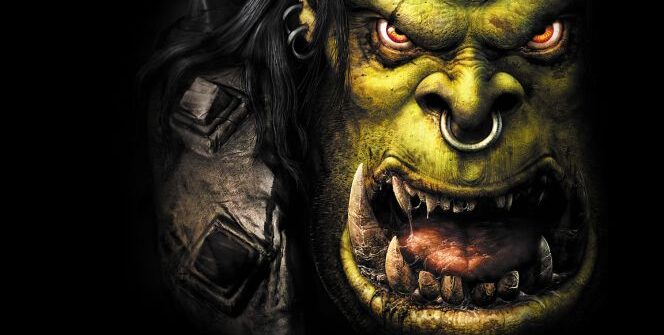
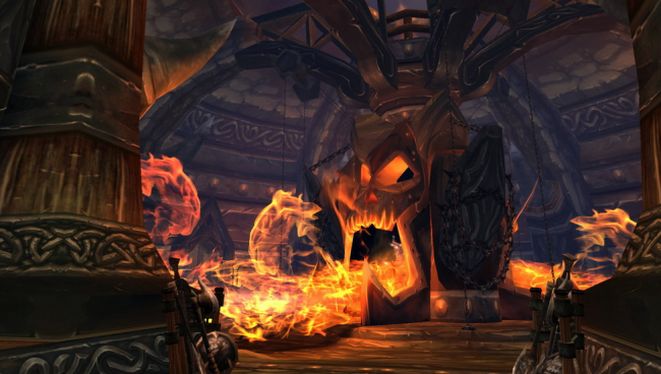
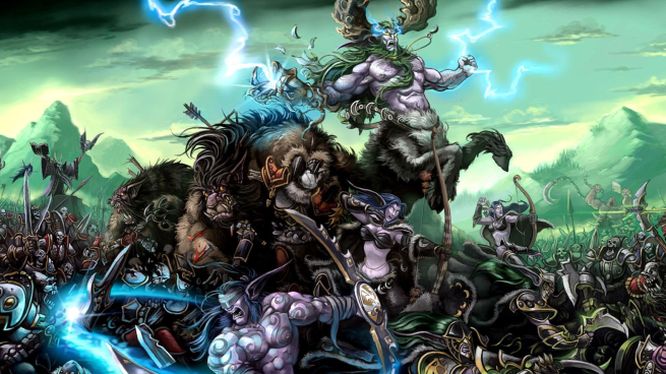
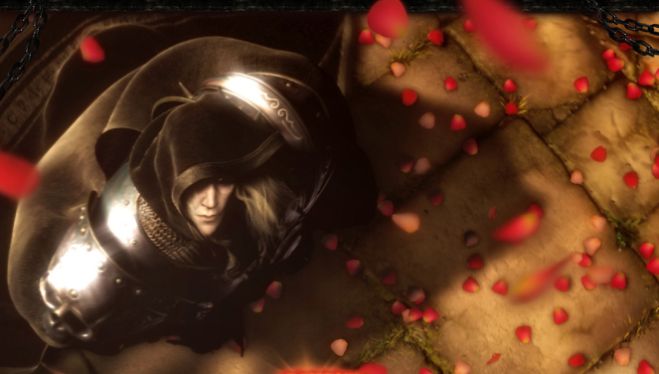
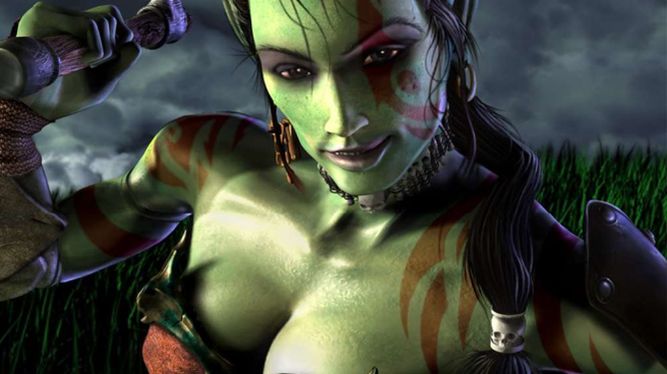
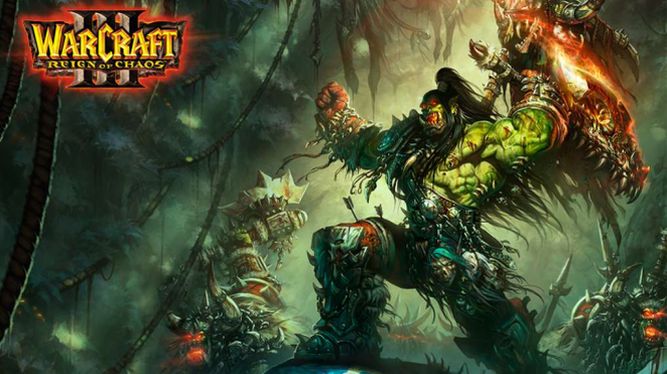
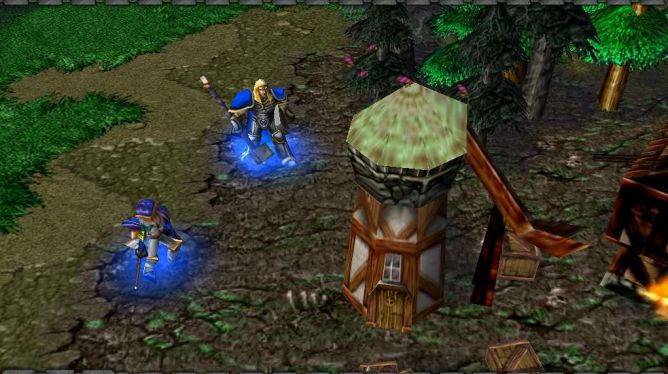
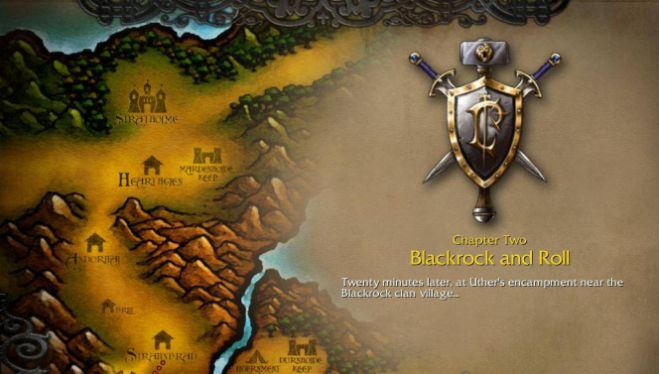
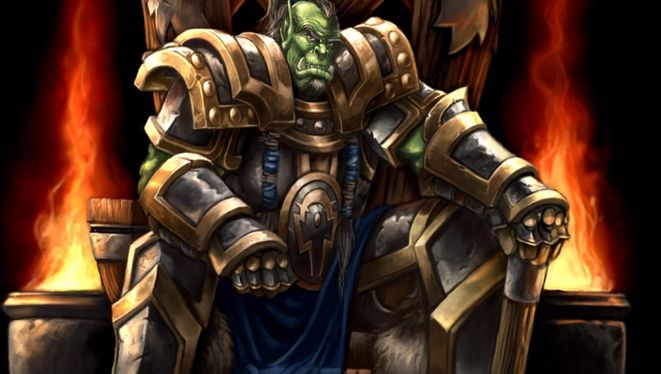
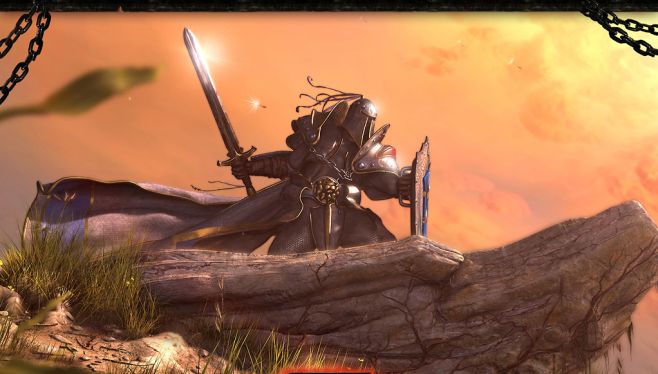
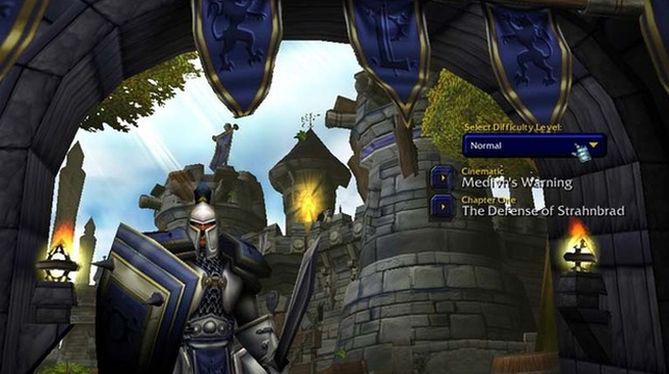
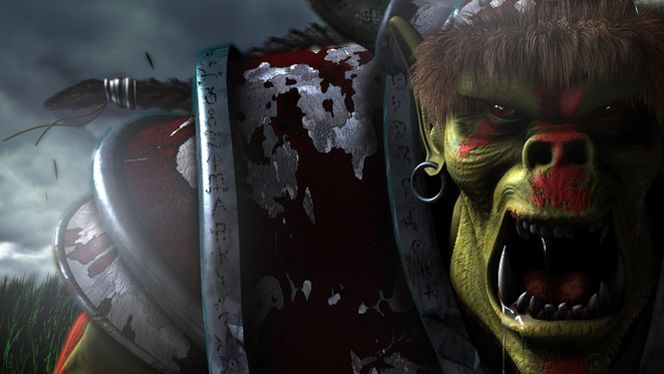
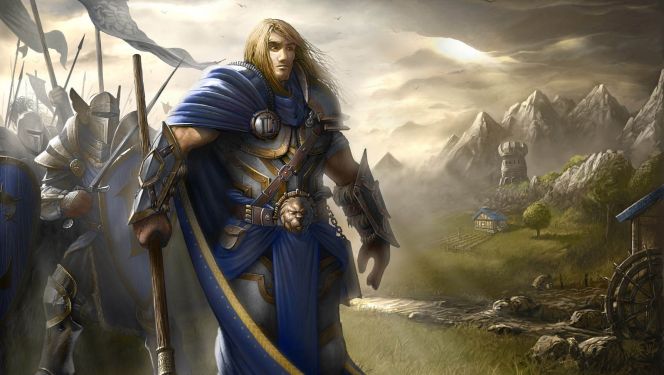
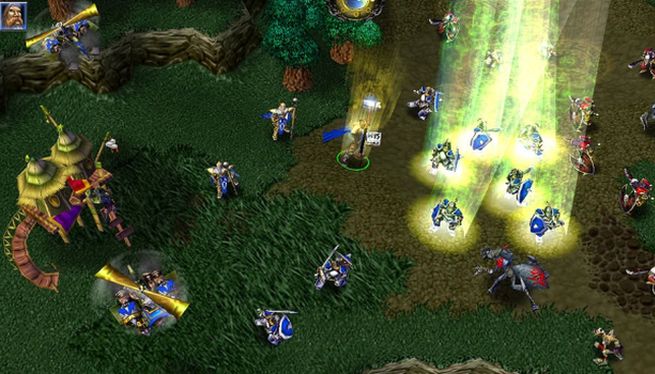
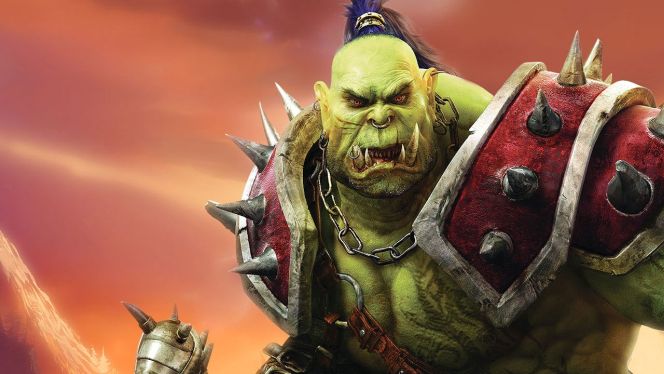
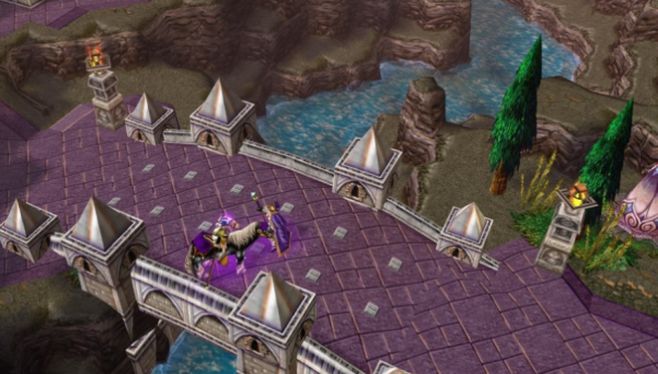
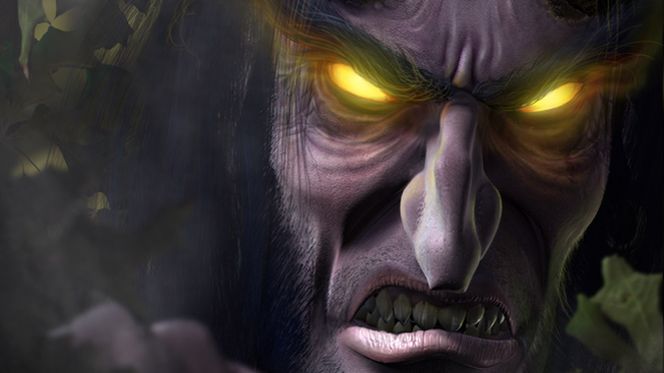
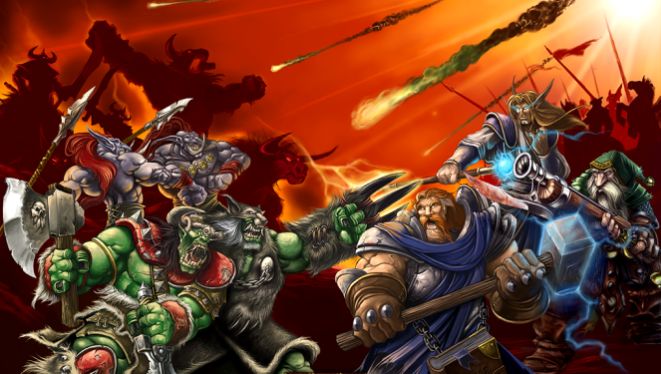
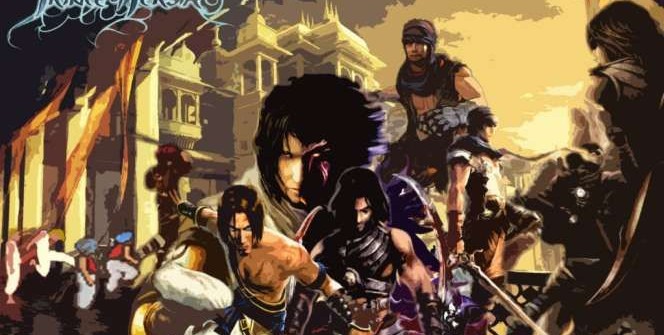
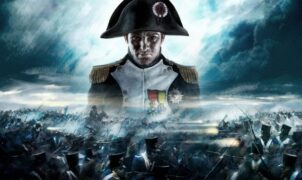
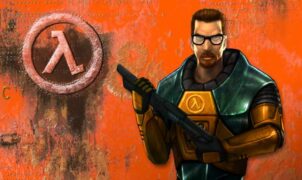
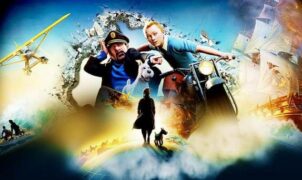
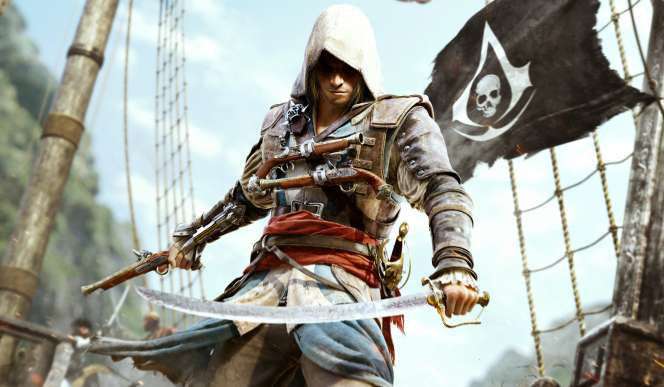
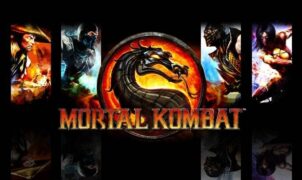
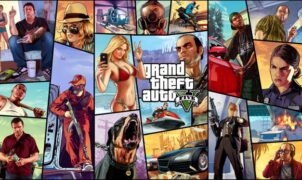
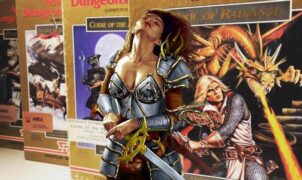
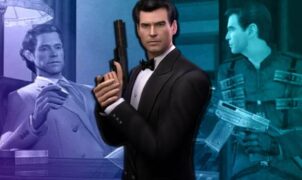
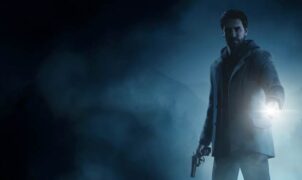
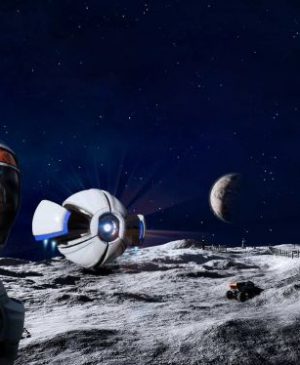
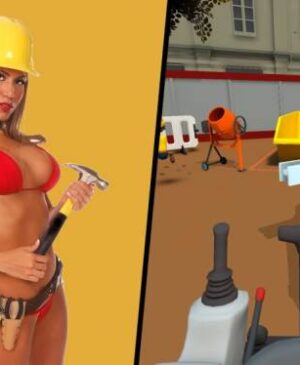
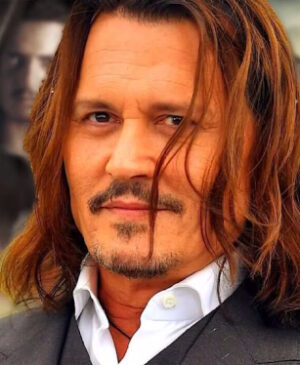
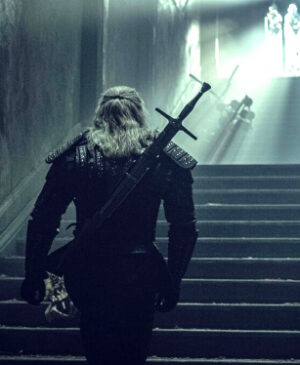
Leave a Reply